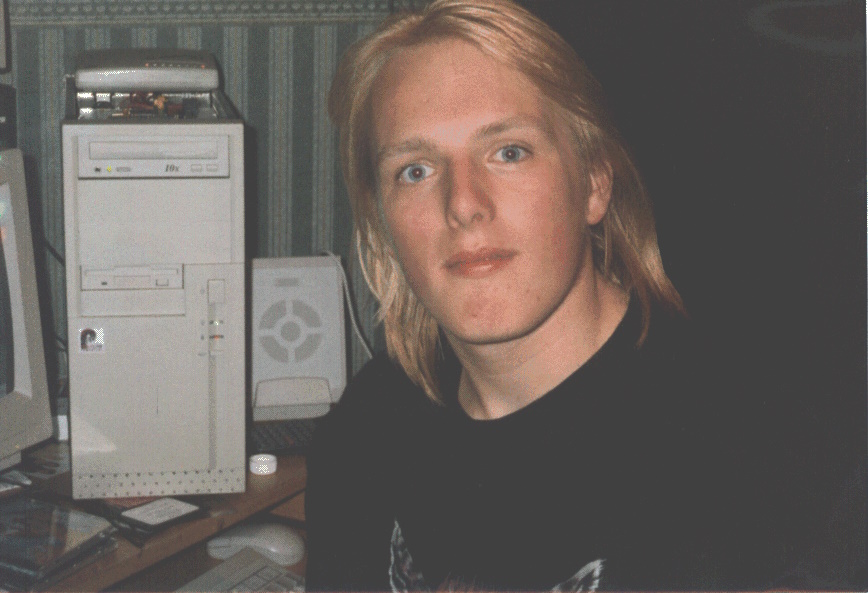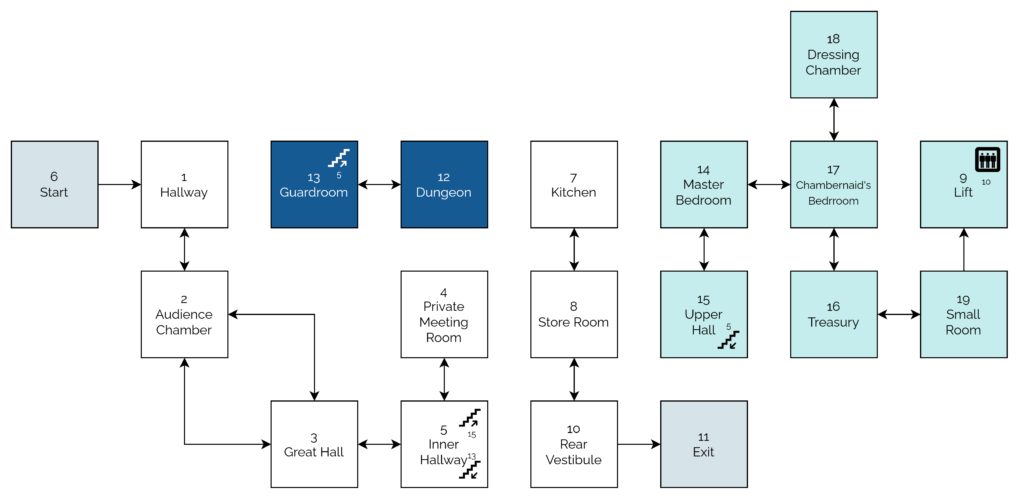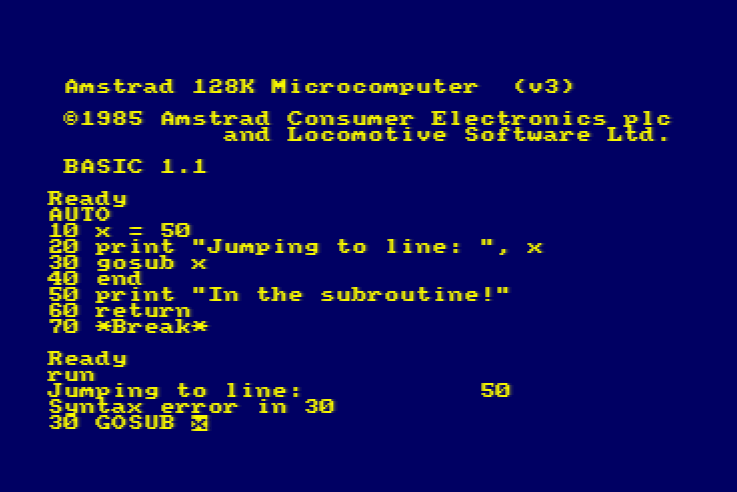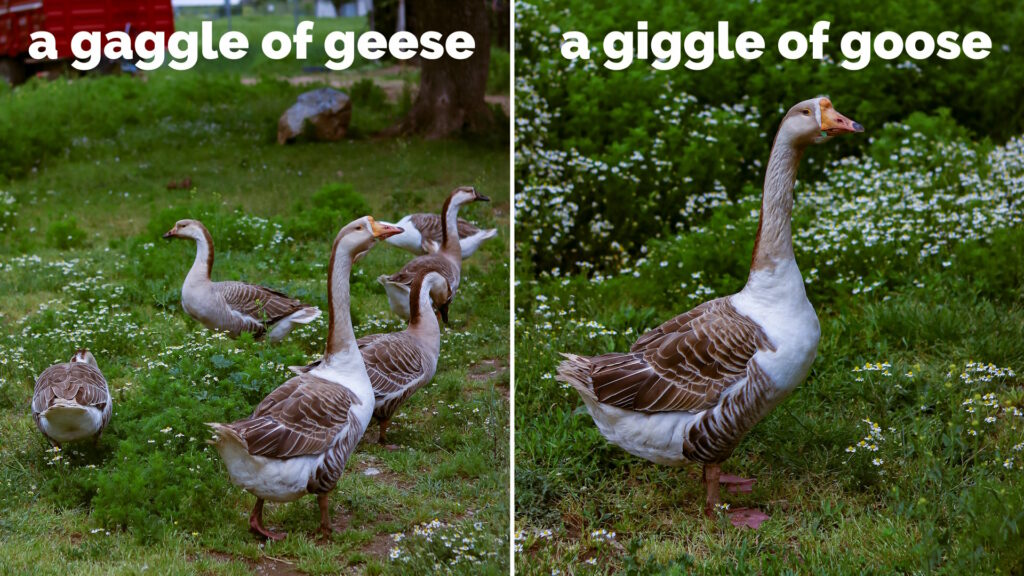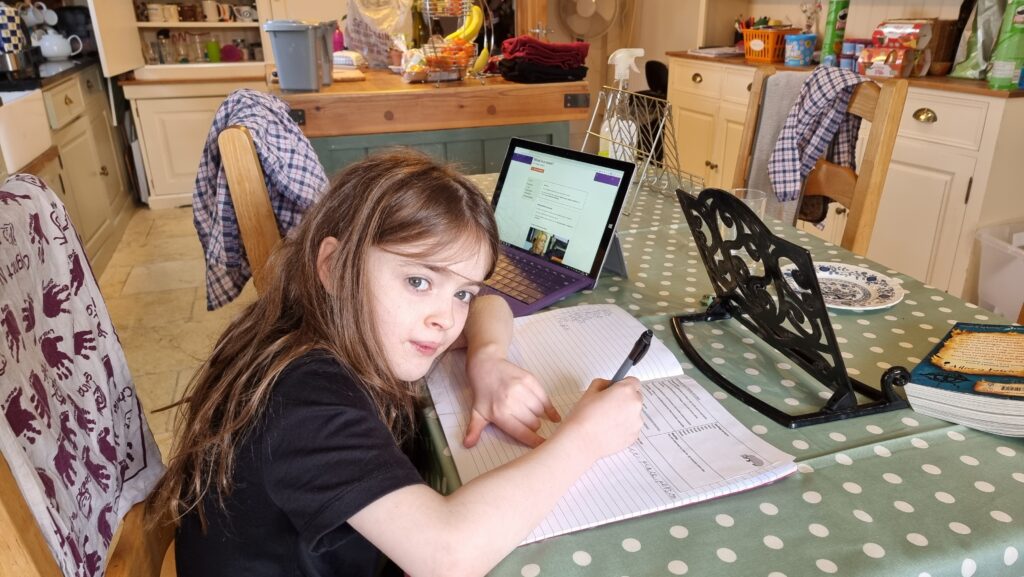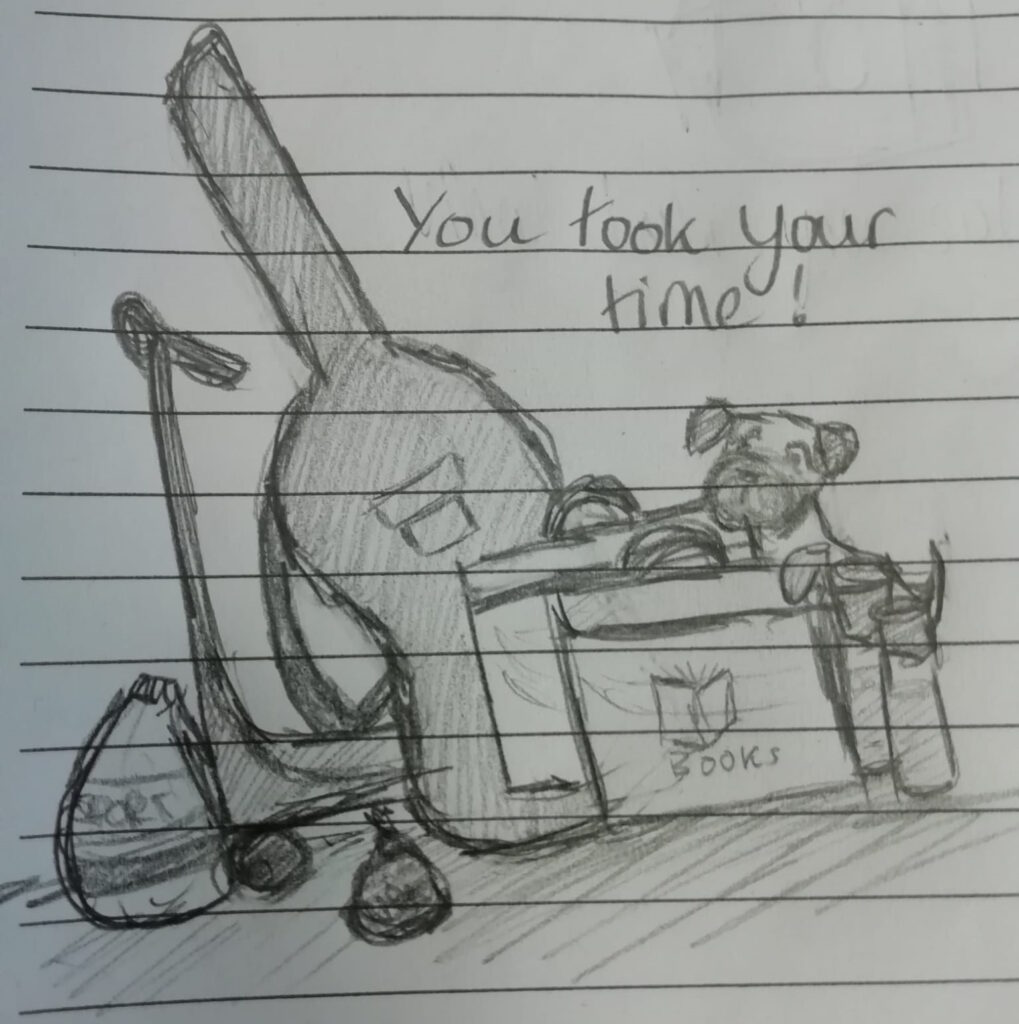This week, Ruth and I didn’t go the Isle of Man.
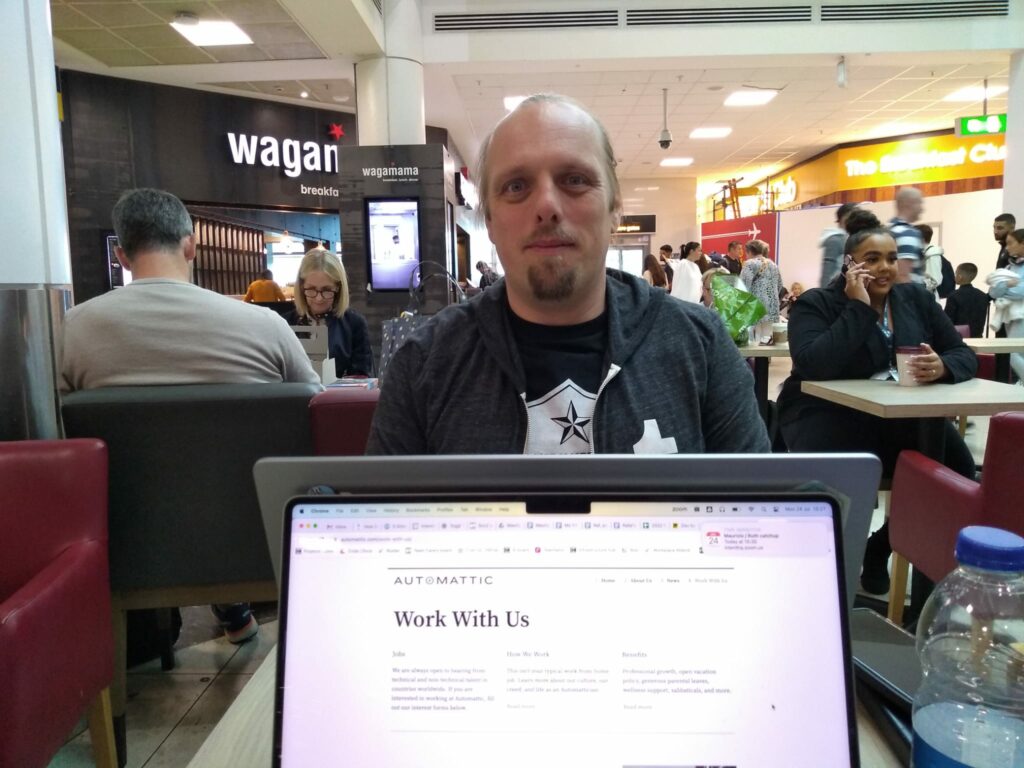
It’s (approximately) our 0x10th anniversary1,
and, struggling to find a mutually-convenient window in our complex work schedules, we’d opted to spend a few days exploring the Isle of Man. Everything was fine, until we were aboard
the ‘plane.

Once everybody was seated and ready to take off, the captain stood up at the front of the ‘plane and announced that it had been cancelled2.
The Isle of Man closes, he told us (we assume he just meant the airport) and while they’d be able to get us there before it did, there wouldn’t be sufficient air traffic control crew to allow them to get back (to, presumably, the cabin crews’ homes in London).

Back at the terminal we made our way through border control (showing my passport despite having not left the airport, never mind the country) and tried to arrange a rebooking, only to be told that they could only manage to get us onto a flight that’d be leaving 48 hours later, most of the way through our mini-break, so instead we opted for a refund and gave up.3

We resolved to try to do the same kinds of things that we’d hoped to do on the Isle of Man, but closer to home: some sightseeing, some walks, some spending-time-together. You know the drill.
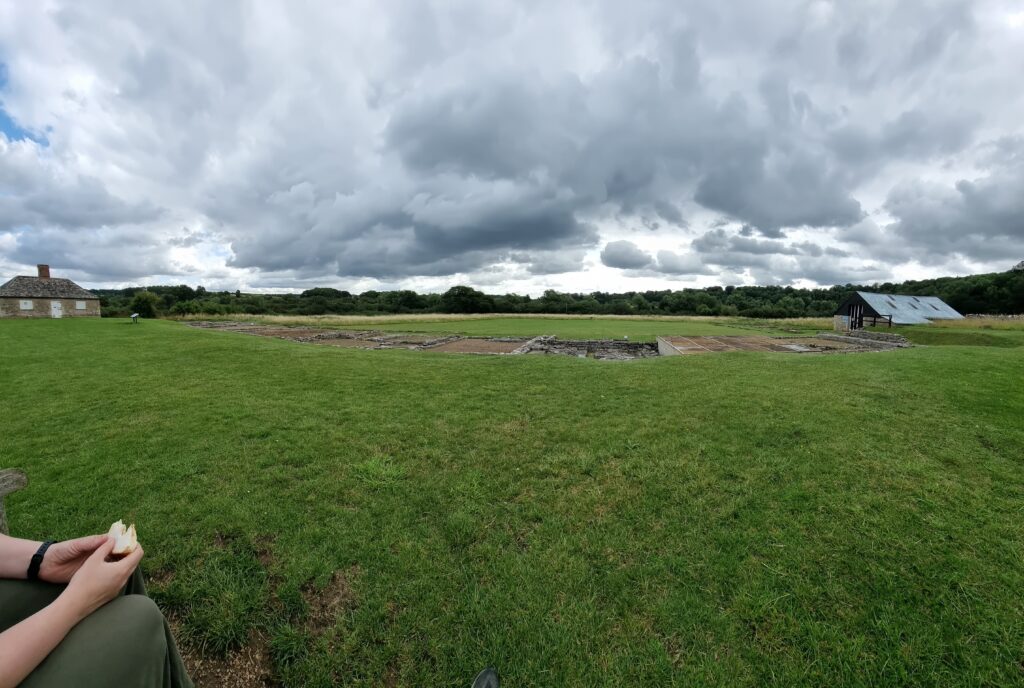
A particular highlight of our trip to the North Leigh Roman Villa – one of those “on your doorstep so you never go” places – was when the audio tour advised us to beware of the snails when crossing what was once the villa’s central courtyard.
At first we thought this was an attempt at humour, but it turns out that the Romans brought with them to parts of Britain a variety of large edible snail – helix pomatia – which can still be found in concentration in parts of the country where they were widely farmed.4
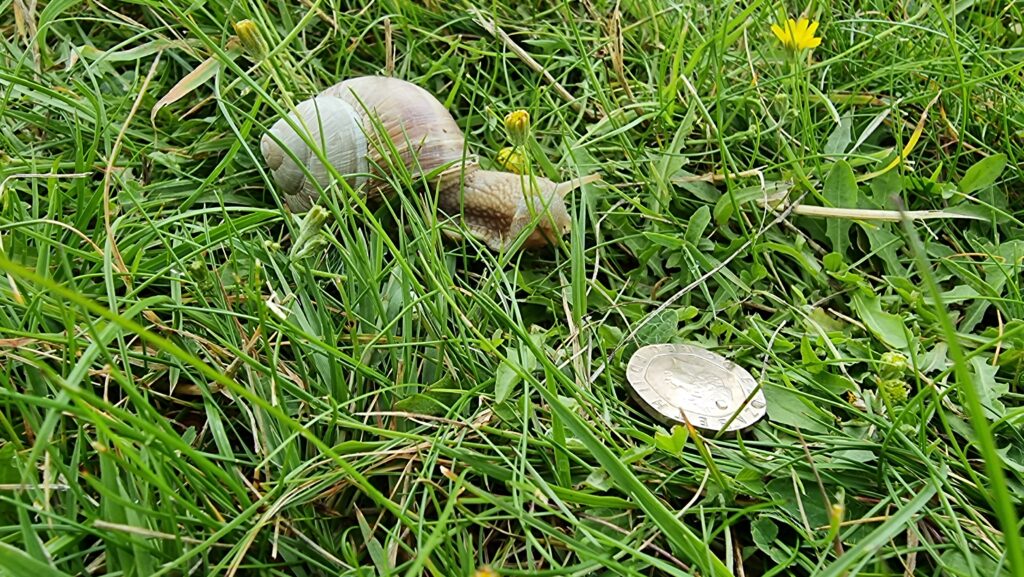
There’s a nice little geocache near the ruin, too, which we were able to find on our way back.
Before you think that I didn’t get anything out of my pointless hours at the airport, though, it turns out I’d brought home a souvenier… a stinking cold! How about that for efficiency: I got all the airport-germs, but none of the actual air travel. By mid-afternoon on Tuesday I was feeling pretty rotten, and it only got worse from then on.
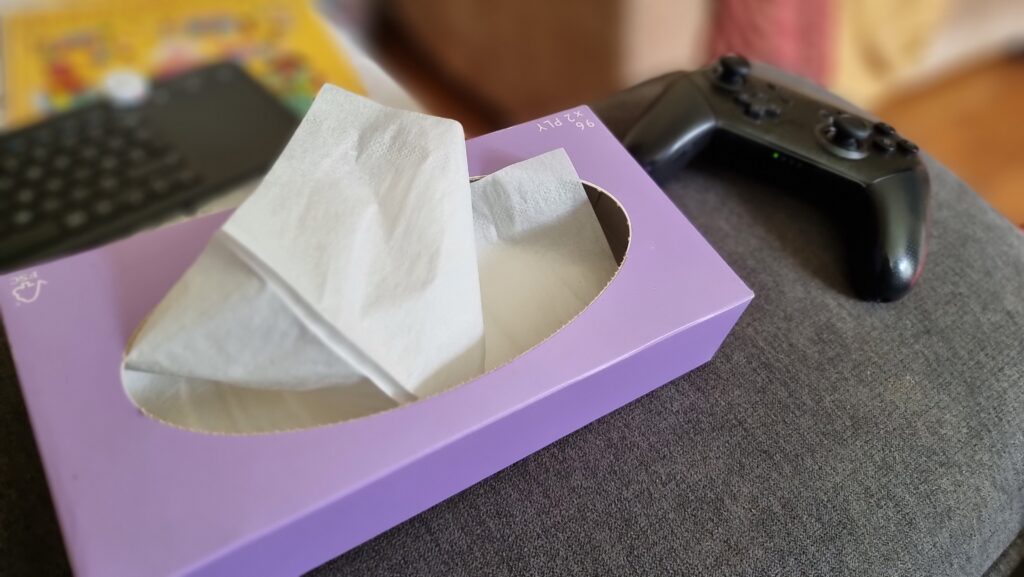
I’m confident that Ruth didn’t mind too much that I spent Wednesday mostly curled up in a sad little ball, because it let her get on with applying to a couple of jobs she’s interested in. Because it turns out there was a third level of disaster to this week: in addition to our ‘plane being cancelled and me getting sick, this week saw Ruth made redundant as her employer sought to dig itself out of a financial hole. A hat trick of bad luck!

As Ruth began to show symptoms (less-awful than mine, thankfully) of whatever plague had befallen me, we bundled up in bed and made not one but two abortive attempts at watching a film together:
- Spin Me Round, which looked likely to be a simple comedy that wouldn’t require much effort by my mucus-filled brain, but turned out to be… I’ve no idea what it was supposed to be. It’s not funny. It’s not dramatic. The characters are, for the most part, profoundly uncompelling. There’s the beginnings of what looks like it was supposed to be a romantic angle but it mostly comes across as a creepy abuse of power. We watched about half and gave up.
- Ant-Man and the Wasp: Quantumania, because we figured “how bad can a trashy MCU sequel be anyway; we know what to expect!” But we couldn’t connect to it at all. Characters behave in completely unrealistic ways and the whole thing feels like it was produced by somebody who wanted to be making one of the new Star Wars films, but with more CGI. We watched about half and gave up.
As Thursday drew on and the pain in my head and throat was replaced with an unrelenting cough, I decided I needed some fresh air.

So while Ruth collected the shopping, I found my way to the 2023-07-27 51 -1 geohashpoint. And came back wheezing and in need of a lie-down.
I find myself wondering if (despite three jabs and a previous infection) I’ve managed to contract covid again, but I haven’t found the inclination to take a test. What would I do differently if I do have it, now, anyway? I feel like we might be past that point in our lives.
All in all, probably the worst anniversary celebration we’ve ever had, and hopefully the worst we’ll ever have. But a fringe benefit of a willingness to change bases is that we can celebrate our 10th5 anniversary next year, too. Here’s to that.
Footnotes
1 Because we’re that kind of nerds, we count our anniversaries in base 16
(0x10 is 16), or – sometimes – in whatever base is mathematically-pleasing and gives us a nice round number. It could be our 20th anniversary, if you prefer octal.
2 I’ve been on some disastrous aeroplane journeys before, including one just earlier this year which was supposed to take me from Athens to Heathrow, got re-arranged to go to Gatwick, got delayed, ran low on fuel, then instead had to fly to Stansted, wait on the tarmac for a couple of hours, then return to Gatwick (from which I travelled – via Heathrow – home). But this attempt to get to the Isle of Man was somehow, perhaps, even worse.
3 Those who’ve noticed that we were flying EasyJet might rightly give a knowing nod at this point.
4 The warning to take care not to tread on them is sound legal advice: this particular variety of snail is protected under the Wildlife and Countryside Act 1981!
5 Next year will be our 10th anniversary… in base 17. Eww, what the hell is base 17 for and why does it both offend and intrigue me so?
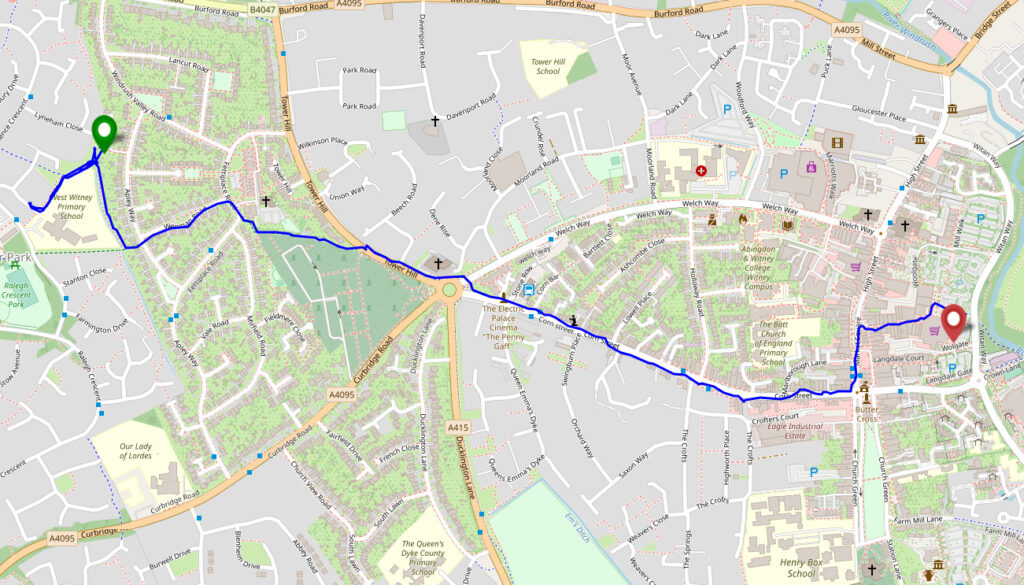





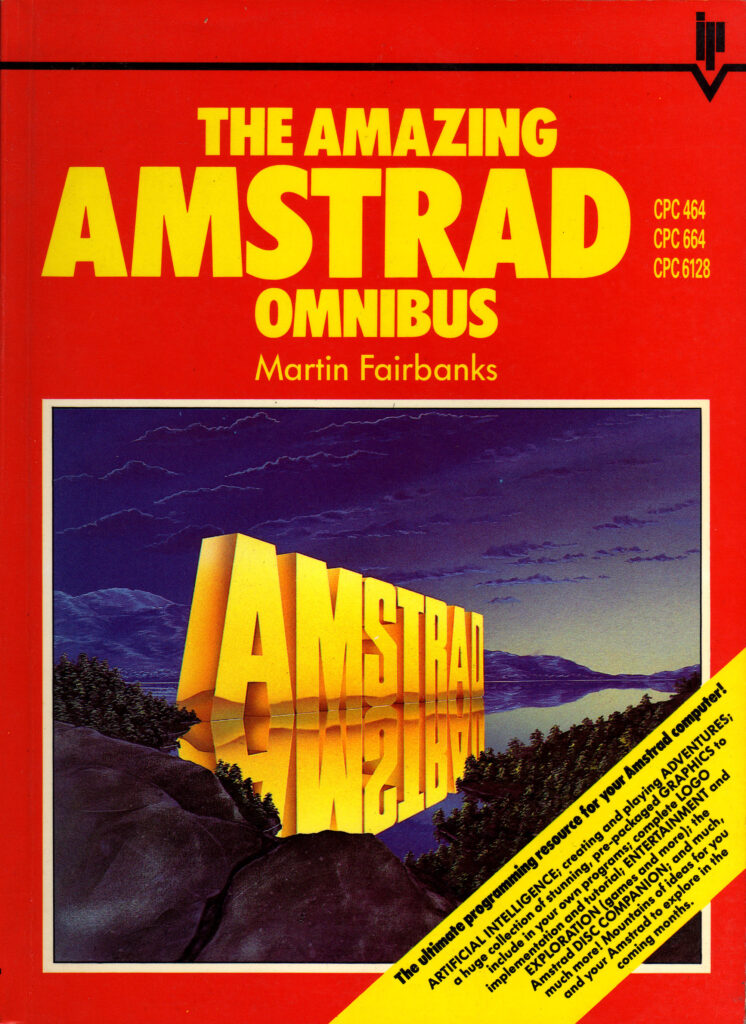
![Scan of a ring-bound page from a technical manual. The page describes the use of the "INPUT" command, saying "This command is used to let the computer know that it is expecting something to be typed in, for example, the answer to a question". The page goes on to provide a code example of a program which requests the user's age and then says "you look younger than [age] years old.", substituting in their age. The page then explains how it was the use of a variable that allowed this transaction to occur.](https://bcdn.danq.me/_q23u/2023/07/cpc664-manual-input-command.png)
